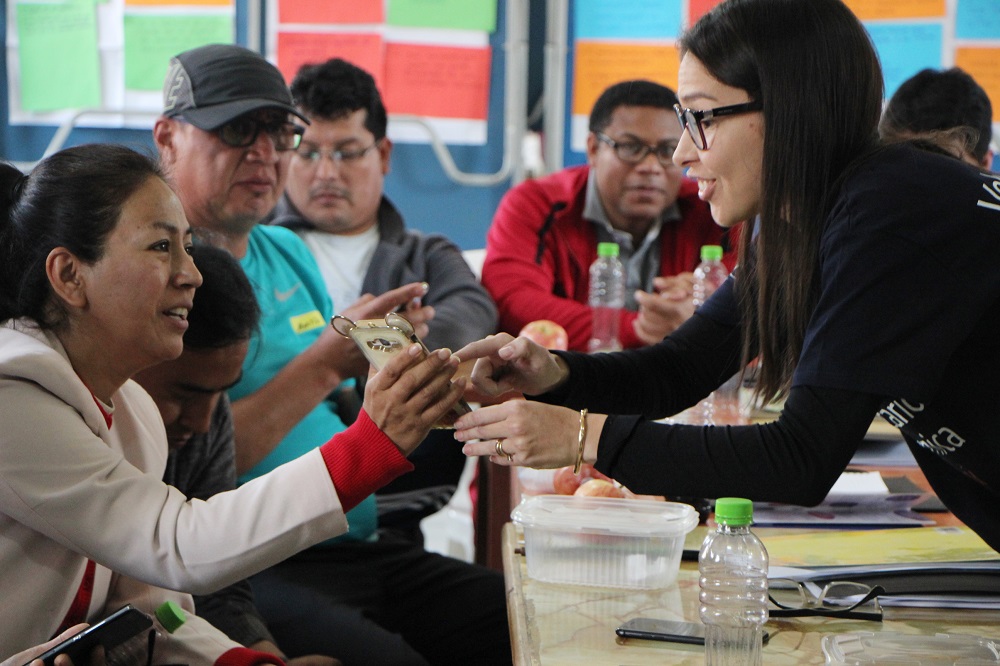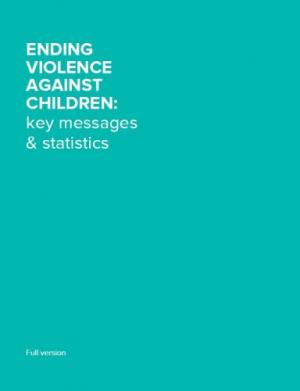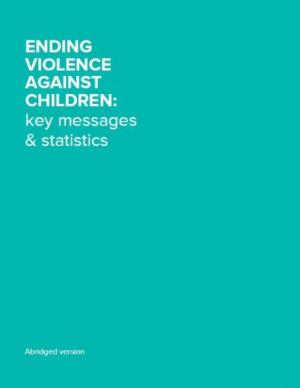
Half of the world’s children experience violence every year. To truly end this epidemic, the global community has an opportunity to increase its collective impact and drive further action by presenting a more unified and reinforcing set of messages and statistics.
To do just that, End Violence has released a set of key messages and statistics sourced from our partners across the globe. For each section, you will find statistics and messages that can be used either as stand-alone messages or in conjunction with one another.
This document is not meant to be used in full. It is meant to be a resource for you and your organisations to extract key themes, statistics and messages for a particular purpose, and is by no means an exhaustive list. You can pull messages from each theme based on your communication need – for example, a speech on ending violence in schools, talking points on violence in humanitarian situations, a one-pager on online threats, to articulate core policy calls, and more.
This collection of statistics and messages was developed by the Global Partnership to End Violence Against Children, using information and research from our many partners.
Please note: this is a living document that will be continually updated to take account of the evolving external landscape, to take advantage of new opportunities or to address emerging challenges. Please send comments or new messages and statistics to Shreya Arora , who will update the document regularly.


